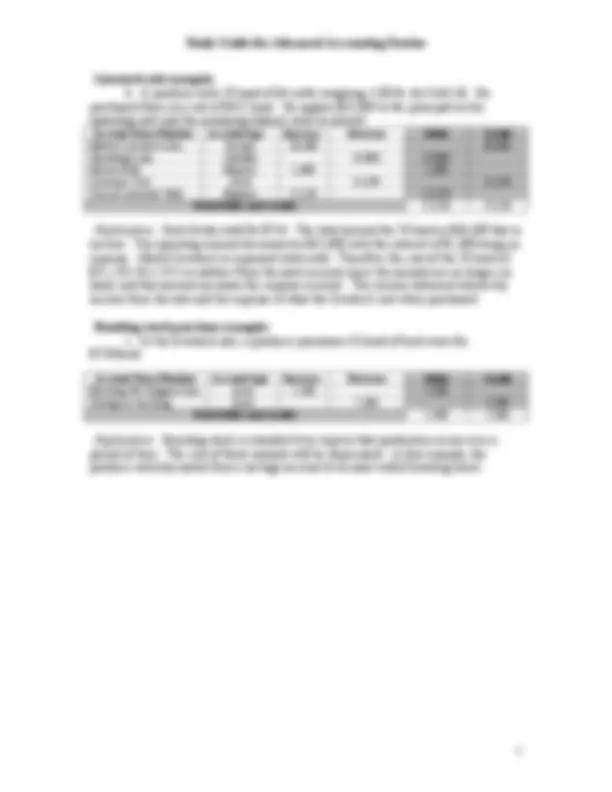



Study with the several resources on Docsity

Earn points by helping other students or get them with a premium plan


Prepare for your exams
Study with the several resources on Docsity

Earn points to download
Earn points by helping other students or get them with a premium plan
Community
Ask the community for help and clear up your study doubts
Discover the best universities in your country according to Docsity users
Free resources
Download our free guides on studying techniques, anxiety management strategies, and thesis advice from Docsity tutors
This study guide provides examples of accounting entries for livestock transactions, including the proper entry for purchasing and selling market livestock and breeding stock. Learn how to record debits and credits for livestock cost, operating loans, interest paid, market livestock sales, and breeding stock original cost.
Typology: Study notes
1 / 2

This page cannot be seen from the preview
Don't miss anything!


Account Name/Number Account type Increase Decrease Debit Credit Livestock Cost Asset 42,500 42, Operating Loan Liability 42,500 42, Total Debits and Credits 42,500 42,
Account Name/Number Account type Increase Decrease Debit Credit Market Livestock sales Income 36,300 36, Operating Loan Liability 35,000 35, Interest Paid Expense 1,300 1, Livestock Cost Asset 21,250 21, Cost of Livestock Sold Expense 21,250 21, Total Debits and Credits 57,550 57,
Account Name/Number Account type Increase Decrease Debit Credit Breeding Stk Original Cost Asset 7,500 7, Savings or checking Asset 7,500 7, Total Debits and Credits 7,500 7,